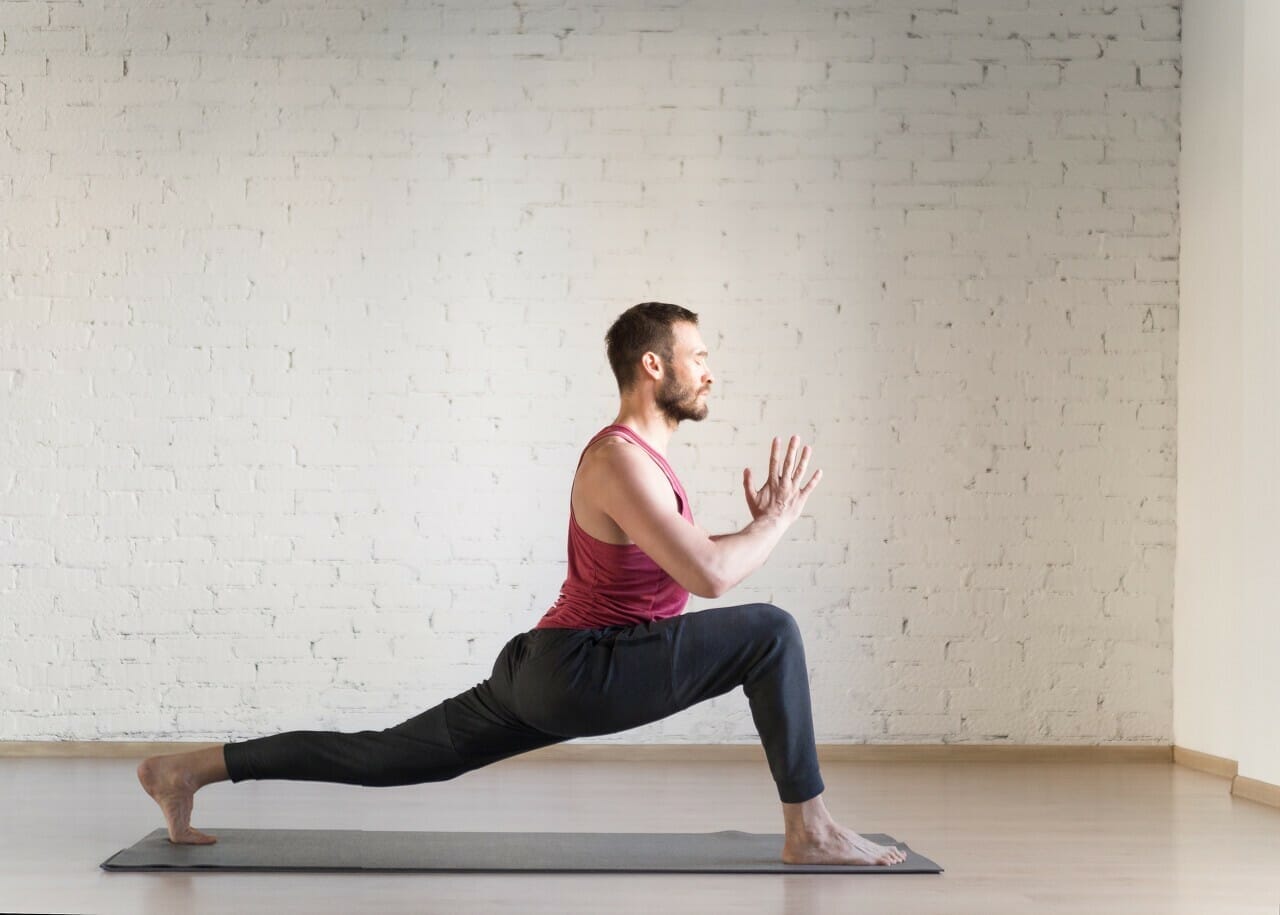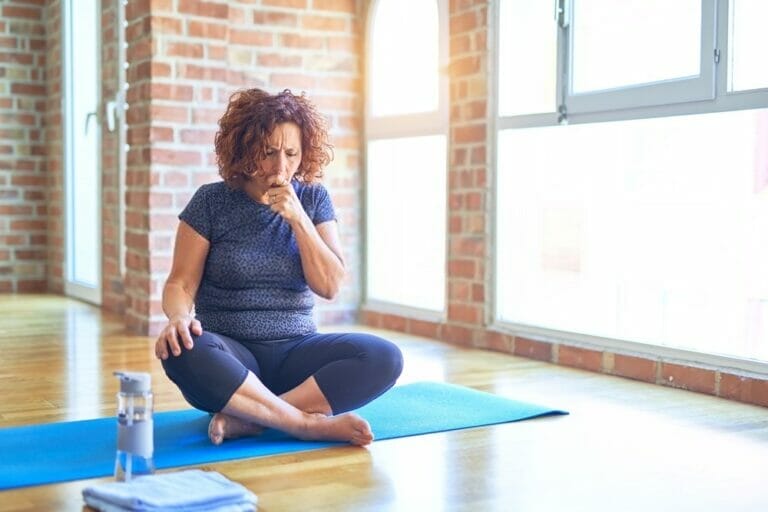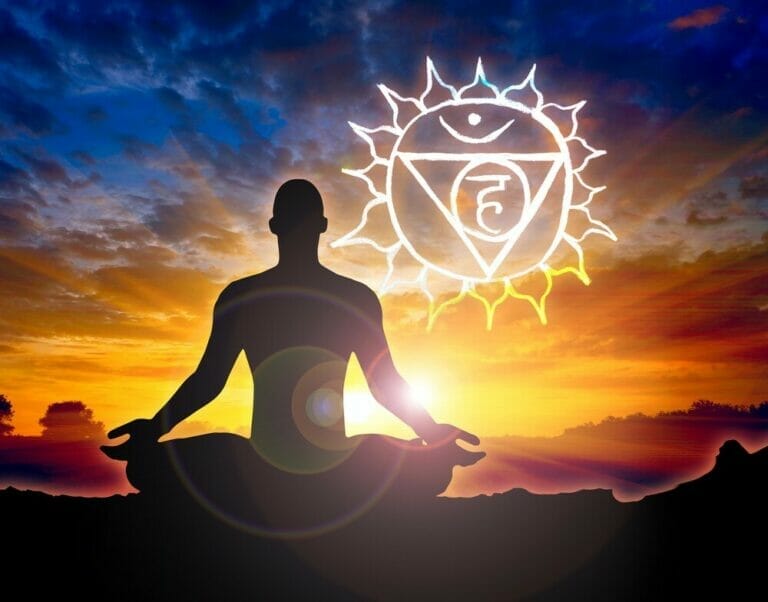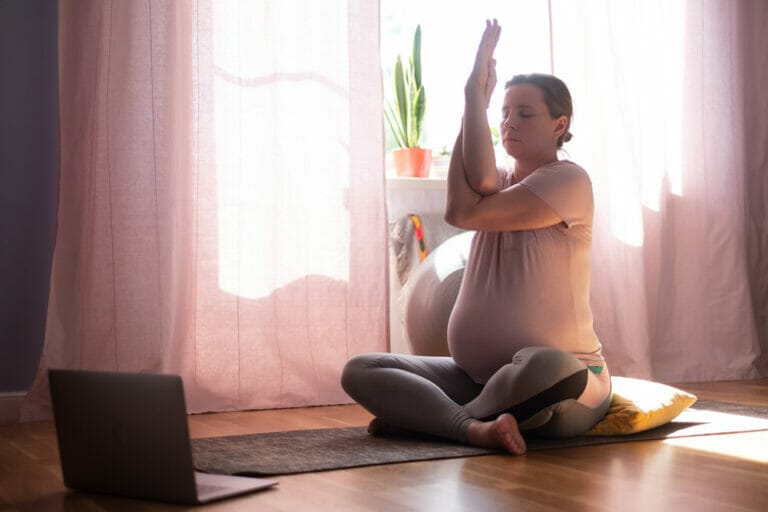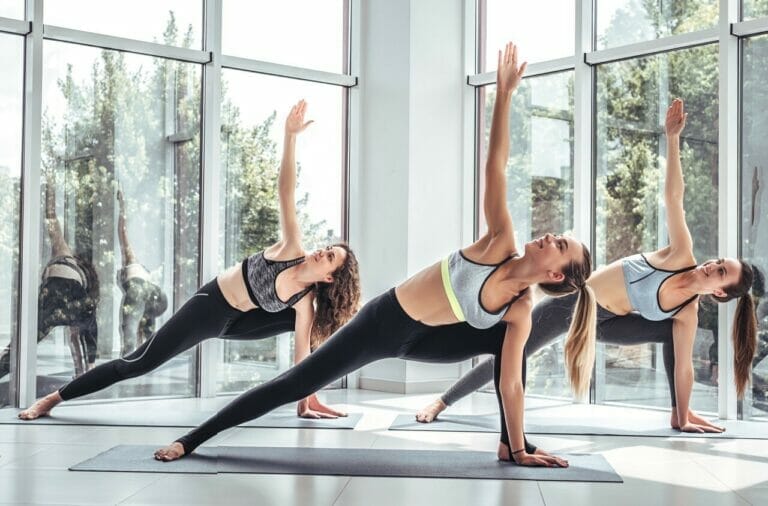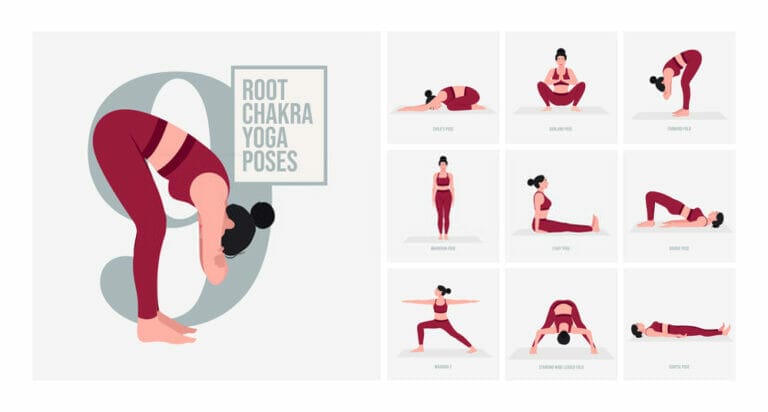What Are Deep Stretch Yoga Poses And What Are Its Benefits?
Since its introduction to the West in the twentieth century, yoga has been recognized as a healthy physical exercise.
Deep stretch yoga, in particular, is a great way to increase flexibility when tight muscles create discomfort or restrict mobility.
Yoga also develops balance and core strength while teaching body awareness. In addition, it can lengthen muscles and alleviate stiffness caused by sedentary lifestyles, stress, or underusing a particular muscle group.
Yoga practitioners who practice it for stretching and flexibility tend to improve their posture as well.
Yoga is highly recommended for those who suffer from stiff or sore joints and other injuries and improve posture, flexibility, increase blood flow, balance, and muscle strength in the body.
Benefits of deep stretch yoga
Deep stretch yoga, also known as yantra yoga (‘yantra’ refers to the three-dimensional frames of reference through which we perceive and relate to energy) and pranayama-asana, is an ancient practice that uses breathing exercises for relaxation, healing, or therapeutic purposes.
Deep stretching is a specific technique that can strengthen the lower back, thighs, and muscles.
There are two main types of deep stretch positions.
- The first kind is an extension and lengthening of the hip joint or mid-back extension and the mid-back joint.
- The second kind is stretching one part of the body while bending another part to follow its form.
List of deep stretch yoga poses:
Downward-Facing Dog- Adho Mukha Svanasana
This popular posture stretches the shoulders, hamstrings, calves, feet, and hands. Downward-Facing Dog is a good arm and leg strengthener that also elongates the spine and improves digestion.
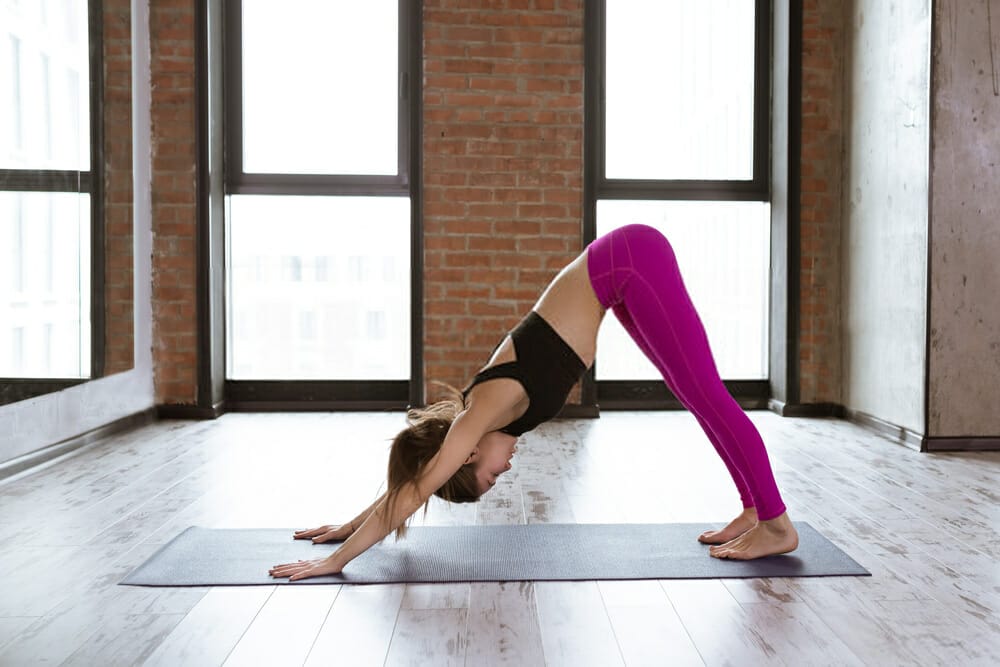
In addition, this position helps relax the backs of the legs for people who have tight leg muscles. Downward-Facing Dog also extends the shoulders and expands the chest.
- Move to your hands and knees, toes tucked. Straighten your arms.
- Straighten your legs as much as you can. Lift your hips while lengthening your spine. As you stretch your arms in front of you, your head and body face down, your fingers spread out on the floor. Attempt to press your heels into the earth.
- Raise your shoulders, then roll them back. The tailbone should be pointing up.
- The neck and head should be at ease. Hold this posture for up to one minute. Then, exhale and lower yourself to all fours.
Extended Triangle Pose- Utthita Trikonasana
The Extended Triangle Pose is an excellent total-body stretch. It promotes balance and full-body alignment by targeting the shoulders, chest, hips, legs (particularly the hamstrings), arms, and torso sides.
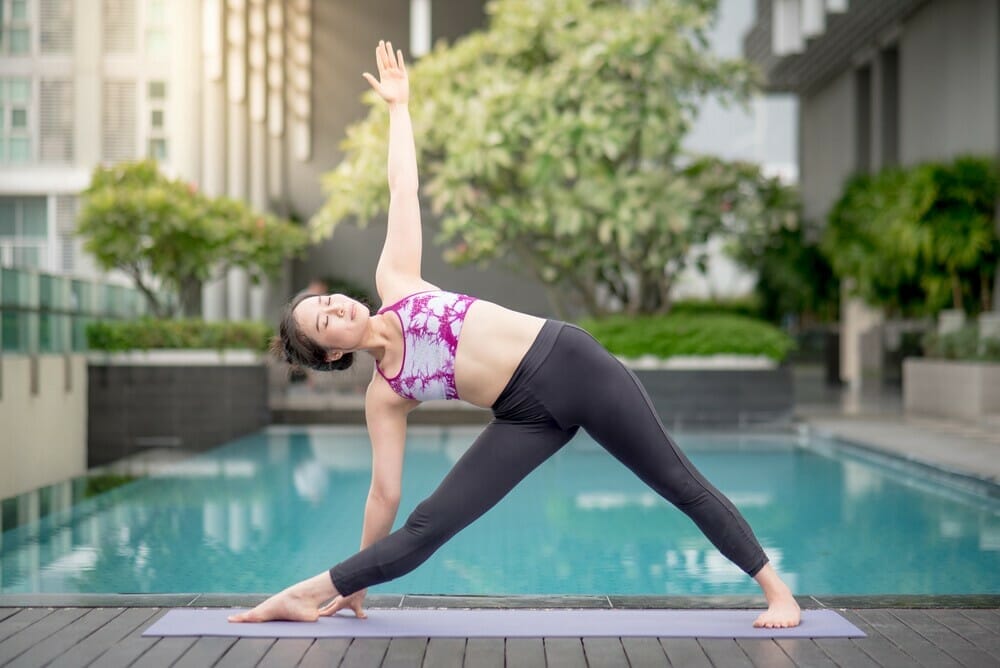
Triangle Pose can help you get the deep stretch you seek while also feeling fantastic.
- As you inhale, stand up straight with your feet facing ahead and slide your feet out three to four feet. Extend your arms to the sides.Turn your right foot slightly inward (approximately 15 degrees) and your left leg at a 90-degree angle from the hip socket, with your left foot turned out.
- The orientation of your thigh and knee should be the same as the direction of your left big toe.
- Exhale by bending down over your left leg and shifting your hips slightly to the right.
- Stretch your left arm to the floor and your right arm to the ceiling with your palms facing front. Press the inner left and outer right feet against the floor for balance.
- Place your left hand on the floor, your shin, or a block behind your left leg.
- Turn your head towards the direction of your right arm, but if you’re feeling tense, face ahead.
- Hold this posture for up to 30 seconds before inhaling and raising back up. Repeat on the other side.
Camel pose- Ustrasana
Camel Pose is a basic backbend that expands the chest and promotes shoulder mobility. It is another excellent posture for those who spend their days bent over a desk.
Slouching can harm our organs by squeezing them and can also cause back pain.
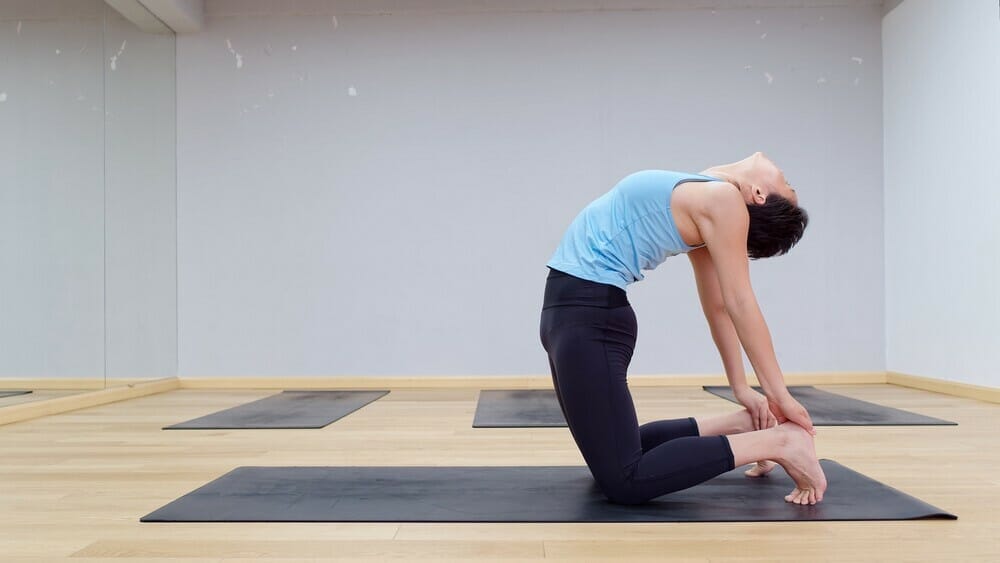
Camel position stretches the front muscles of the body, including the legs, abdomen, chest, and neck.
Backbend postures are intimidating for beginners, but simple tweaks make them more approachable.
- Begin in a high kneeling position, put your hips above your knees and your weight supported by the tops of your feet and shins.
- Place your palms on your sacrum—fingers up or down, whatever feels best, tailbone reaching down—and bring your elbows in so they don’t wing out.
- Pull your shoulder blades towards one another and down your back while keeping your thighs turned inward. Lift your chest and look at the ceiling.
- Arch your spine and let your hands fall to your heels.
- If your neck allows it, tilt your head back to keep the entire spine in extension. Take at least three deep breaths here.
Conclusion
These postures are an excellent place to start, but keep in mind that it is the entire body and mind approach that makes yoga one of the most effective methods to increase your flexibility, as well as many other aspects of your physical and mental health.
Yoga is a holistic practice. While it does have physical benefits, its real power lies in its ability to help you achieve peace of mind and help you nurture your spirit.
Yoga is truly designed to bring every aspect of your body and mind into harmonious balance.

